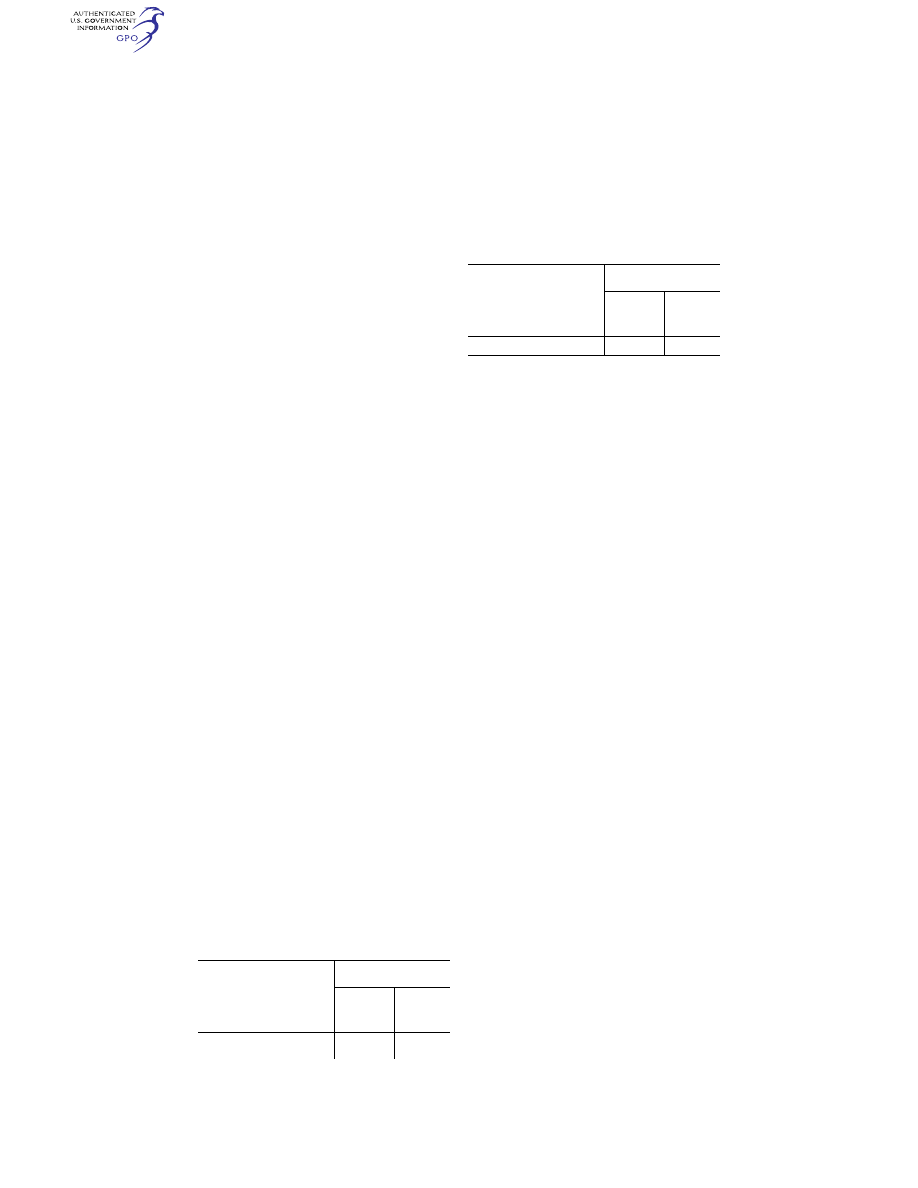
619
Federal Aviation Administration, DOT
§ 29.851
circuit is designed to preclude inad-
vertent battery discharge into charg-
ing circuit faults.
[Amdt. 29–24, 49 FR 44438, Nov. 6, 1984]
§ 29.813
Emergency exit access.
(a) Each passageway between pas-
senger compartments, and each pas-
sageway leading to Type I and Type II
emergency exits, must be—
(1) Unobstructed; and
(2) At least 20 inches wide.
(b) For each emergency exit covered
by § 29.809(f), there must be enough
space adjacent to that exit to allow a
crewmember to assist in the evacu-
ation of passengers without reducing
the unobstructed width of the passage-
way below that required for that exit.
(c) There must be access from each
aisle to each Type III and Type IV exit,
and
(1) For rotorcraft that have a pas-
senger seating configuration, excluding
pilot seats, of 20 or more, the projected
opening of the exit provided must not
be obstructed by seats, berths, or other
protrusions (including seatbacks in any
position) for a distance from that exit
of not less than the width of the nar-
rowest passenger seat installed on the
rotorcraft;
(2) For rotorcraft that have a pas-
senger seating configuration, excluding
pilot seats, of 19 or less, there may be
minor obstructions in the region de-
scribed in paragraph (c)(1) of this sec-
tion, if there are compensating factors
to maintain the effectiveness of the
exit.
[Doc. No. 5084, 29 FR 16150, Dec. 3, 1964, as
amended by Amdt. 29–12, 41 FR 55472, Dec. 20,
1976]
§ 29.815
Main aisle width.
The main passenger aisle width be-
tween seats must equal or exceed the
values in the following table:
Passenger seating capacity
Minimum main passenger
aisle width
Less than
25 inches
from floor
(inches)
25 Inches
and more
from floor
(inches)
10 or less ...................................
12
15
11 through 19 ............................
12
20
Passenger seating capacity
Minimum main passenger
aisle width
Less than
25 inches
from floor
(inches)
25 Inches
and more
from floor
(inches)
20 or more .................................
15
20
1
A narrower width not less than 9 inches may be approved
when substantiated by tests found necessary by the
Administrator.
[Doc. No. 5084, 29 FR 16150, Dec. 3, 1964, as
amended by Amdt. 29–12, 41 FR 55472, Dec. 20,
1976]
§ 29.831
Ventilation.
(a) Each passenger and crew compart-
ment must be ventilated, and each
crew compartment must have enough
fresh air (but not less than 10 cu. ft. per
minute per crewmember) to let crew-
members perform their duties without
undue discomfort or fatigue.
(b) Crew and passenger compartment
air must be free from harmful or haz-
ardous concentrations of gases or va-
pors.
(c) The concentration of carbon mon-
oxide may not exceed one part in 20,000
parts of air during forward flight. If the
concentration exceeds this value under
other conditions, there must be suit-
able operating restrictions.
(d) There must be means to ensure
compliance with paragraphs (b) and (c)
of this section under any reasonably
probable failure of any ventilating,
heating, or other system or equipment.
§ 29.833
Heaters.
Each combustion heater must be ap-
proved.
F
IRE
P
ROTECTION
§ 29.851
Fire extinguishers.
(a)
Hand fire extinguishers. For hand
fire extinguishers the following apply:
(1) Each hand fire extinguisher must
be approved.
(2) The kinds and quantities of each
extinguishing agent used must be ap-
propriate to the kinds of fires likely to
occur where that agent is used.
(3) Each extinguisher for use in a per-
sonnel compartment must be designed
to minimize the hazard of toxic gas
concentrations.
VerDate Sep<11>2014
09:06 Jun 28, 2024
Jkt 262046
PO 00000
Frm 00629
Fmt 8010
Sfmt 8010
Y:\SGML\262046.XXX
262046
jspears on DSK121TN23PROD with CFR